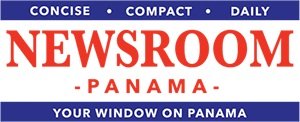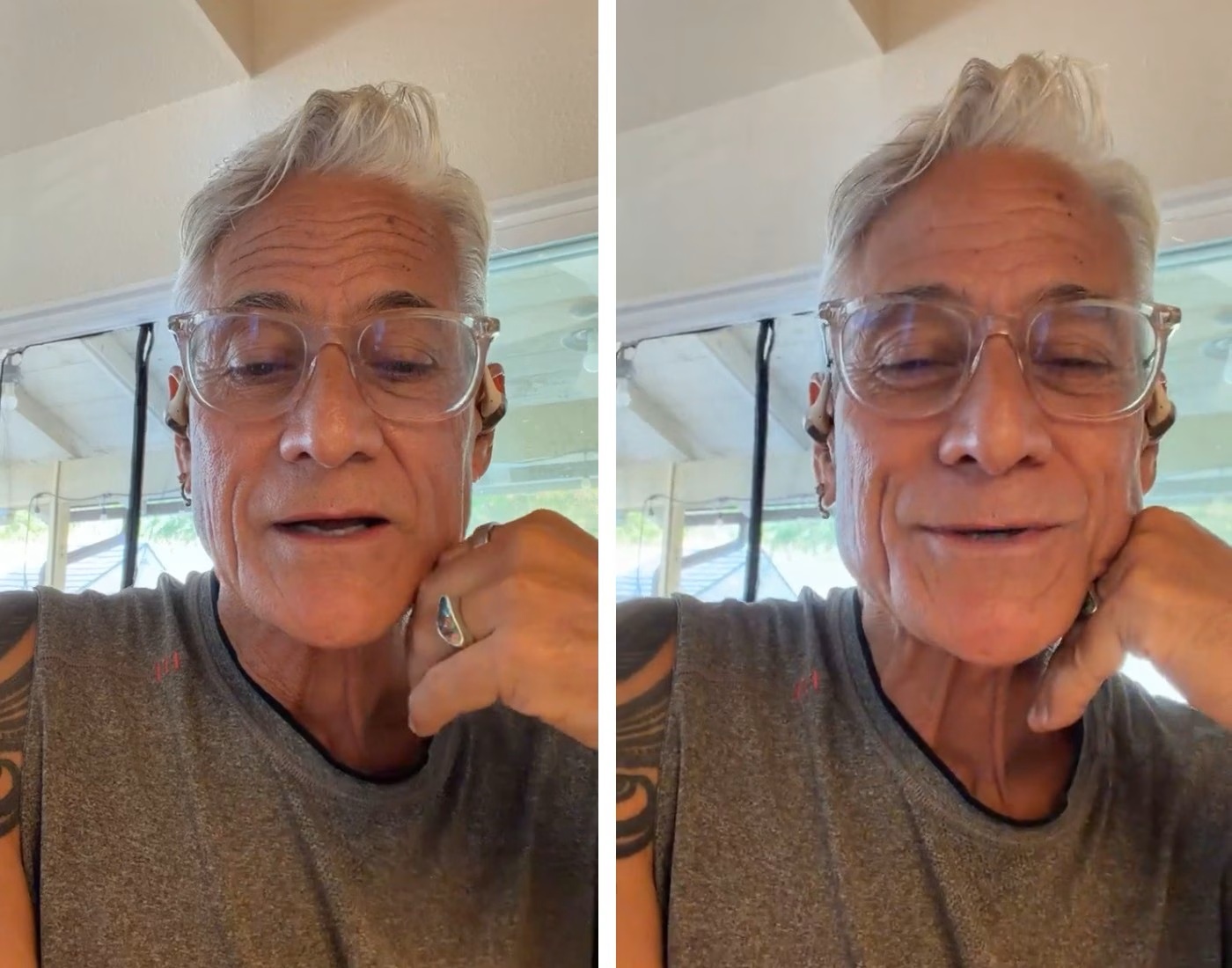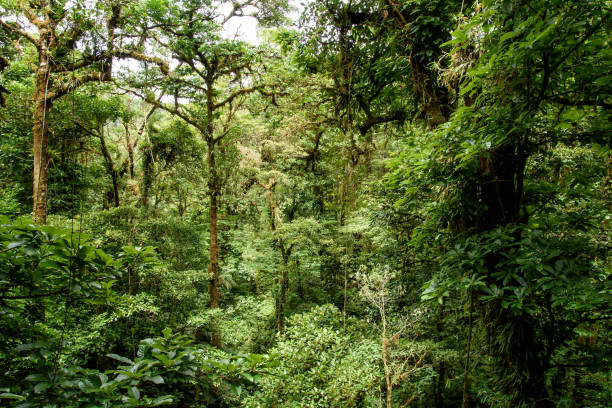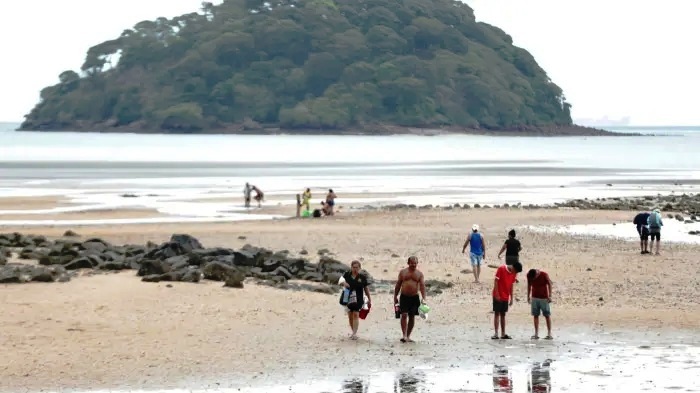Panama Won’t Pressure the U.S. on the Canal Using the Security Council
Eloy Alfaro de Alba, pictured below, the permanent representative of Panama to the UN, is president of the Security Council for August. Although the country’s key debate will focus on maritime security, de Alba says it is not an indirect poke at the United States’ renewed interest in the Panama Canal during August 2025.
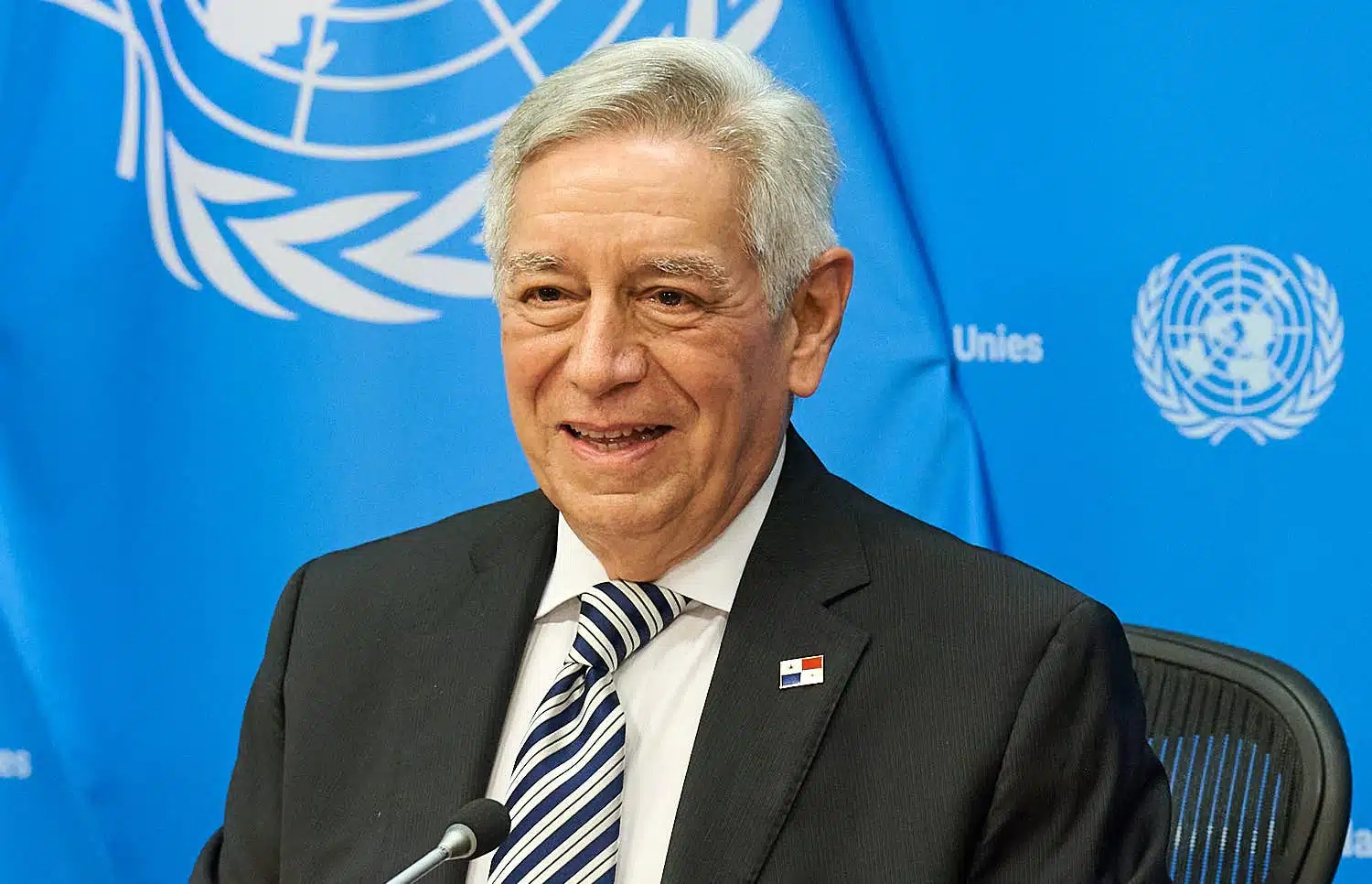
As Panama assumes the helm of the United Nations Security Council for August, its top envoy is placing maritime security squarely on the global agenda while carefully avoiding conversation that might further strain its relationship with the United States over the Panama Canal. Panama’s permanent representative to the UN, Eloy Alfaro de Alba, told reporters on Aug. 1 that his country is organizing a high-level debate on maritime security that will be chaired by Panamanian President José Raúl Mulino. “This is not about sending a message to any government,” de Alba said about the Aug. 11 session, responding to a question by a journalist about President Donald Trump’s desire to repossess the Panama Canal. “The idea is to highlight in a positive way the services that Panama provides to the world community.”
This is a different approach to Panama’s quest for sovereignty over the canal from the 1970s, when the Panamanian military leader Omar Torrijos used the Security Council to pressure the American government to relinquish control of the Canal and its zone. Torrijos drummed up international support for the full transfer of the canal to his country by using the UN and the Security Council. The US president at the time was Richard Nixon. Two treaties were finally signed by the US and Panama in 1977 that transferred ownership of the canal. In March 1973, the Council temporarily moved to Panama City, the capital, for one week (March 12-21) during the country’s monthly rotating presidency, led by Aquilino Boyd, Panama’s envoy at the time. Foreign ministers from all Latin American countries were invited to attend the meeting to increase pressure on the Americans.
Torrijos and Boyd pushed for a resolution opposing neocolonialism, affirming nations’ rights to control their natural resources and promoting regional disarmament — key issues in the canal negotiations. The resolution gained huge support from fellow Council members with 13 votes in favor (and one abstention from Britain), but it crumbled under a US veto. According to a CIA report released in 2007, although the resolution failed, the move “provided a convenient standard for enlisting international sympathy for Panama’s struggle against US ‘colonialism.’ In these respects, the Council meeting signals a shift in Torrijos’ strategy from bilateral negotiations to international pressure.” Indeed, Panama’s persistent appeal to the global arena through various multilateral channels created a significant force on successive US governments regarding the canal’s sovereignty.
A declassified record of the US government quoted Henry Kissinger, secretary of state at the time, during a US National Security Council meeting in May 1975, saying that the continued control of the Panama Canal “is no issue to face the world on. It looks like pure colonialism.” After decades of protests from ordinary Panamanians and their government, the Torrijos-Carter Treaties, named after President Jimmy Carter and Torrijos, were signed on Sept. 7, 1977, superseding the Hay-Bunau-Varilla Treaty of 1903, which had granted US perpetual control over the canal. The treaties guaranteed that Panama would gain full control of the canal after 1999. Since then, both countries have enjoyed a strong and friendly bilateral relationship until Trump announced on March 5, 2025, his intention to take back the canal.
A series of diplomatic bilateral maneuvers led to a memorandum of understanding in April 2025 that was signed by the US Secretary of Defense Pete Hegseth and the Panamanian Public Security Minister Frank Abrego. It enables increased joint military training exercises between US and Panamanian forces, including the use of such Panamanian-controlled facilities as the Rodman Naval Station, Howard Air Force Base and Fort Sherman (Cristóbal Colón Naval Air Base) by the US. Many Panamanians are calling the MoU a camouflaged invasion, a quiet re-entry of US military presence under the guise of cooperation. For a country whose very sovereignty is rooted in the 1999 US withdrawal, the memorandum has been met with growing fear that Panama is a pawn in the US-China rivalry.
“The Panama Canal is key terrain that must be secured by Panama, with America, and not China,” Hegseth characterized the agreement. Moreover, the US did not provide a Spanish-language version of the MoU, forcing Panama to issue its own translation. This oversight appeared to be less of a bureaucratic fault than a humiliating reminder of US dominance, echoing the arrogance of a bygone era when Washington dictated terms and Panama had to catch up. For today’s youth in Panama, the MoU feels like a betrayal of the student protests in Panama in 1964 that led to the raising of the country’s flag in the Canal Zone. Critics say that Mulino bypassed the legislature and public debate over the matter, while he arguing that the MoU is about restoring US support.
Yet, the opaque handling of the agreement has triggered accusations of Mulino selling out Panama’s independence. The MoU is being challenged in Panama’s Supreme Court. Trump’s moves to insinuate US control of the canal again represents a stark contrast to Panama’s response in 1973, when it forced the dramatic Security Council vote on a draft text criticizing the US. The veto killed the resolution, but the confrontation embarrassed Washington. “Now, there is a sense that Panama has much more to lose by angering the United States,” said Tom Long, a professor of international relations at the University of Warwick, in Britain. “Panama is playing this much more cautiously than Panama did in 1973.” The Panamanian economy is heavily dependent on the US dollar, Long added, giving the US enormous influence over Panama’s financial stability.
In many ways, the US government could trigger an investigation into Panama’s financial business activities in US dollars and impose sanctions that could negatively affect the Panamanian economy. “The United States can use the many levers its financial system grants” — its courts, the Treasury Department — “to squeeze Panama and open investigations into just about anything that happens in Panama, because it’s being done with US dollars,” Long said. The UN itself does not wield as much sway globally as it did in the several decades after it was first created. The 80-year-old organization is hobbled by a perennial financial crisis and paralyzing geopolitical divides in the Security Council, all of which have worsened in the first months of Trump’s second presidency and as the UN host country.
Many of the main UN agencies have gone through major cuts and restructuring. The UN Secretariat is seeking to cut 20 percent of its workforce by 2026. The Security Council, the main decision-making body of the 193 member body, will be affected by aspects of Secretary-General António Guterres’s UN80 initiative to make the organization more effective. The plan has included a rigorous review of all the mandates the UN Secretariat is expected to carry out. A recent report by his office reviewing mandate implementations found overlapping and outright duplication of Security Council directives and those of other principal organs, like the General Assembly. Long said that while the UN has always been flawed, its importance as a venue for diplomatic drama and negotiations has waned.
The UN has “lost some of the centrality that it once had,” he said. In its early days, events in the Security Council were often front-page news. Today, few mainstream media are paying attention to such action. In its second presidency, the Trump administration is favoring bilateral deals and coercive steps over relying on multilateral channels like the UN. Besides Trump’s skepticism of such organizations and the US’ recent record of slashing funding and withdrawing from global treaties, Panama’s hesitation to avoid confrontation with Washington on a global stage no longer guarantees high visibility or impact. Still, the symbolic weight of placing maritime security at the heart of Panama’s agenda this month, with Mulino chairing the Aug. 11 session, is hard to ignore, Long said.
The canal, built primarily by the US in the early-20th century, remains a strategic artery for global trade and an enduring symbol of Panamanian sovereignty. “[The canal] has operated very successfully,” de Alba, the UN envoy, said at the Aug. 1 media briefing, describing Panama’s expansion of the locks. The real interest of Trump’s administration in the canal — to limit Chinese influence in the zone — was first broached by the president in March. Panama has since withdrawn from China’s Belt and Road Initiative, its global infrastructure development strategy, and has audited a Hong Kong-based logistics giant CK Hutchison, owner of key Panama Canal ports.
While de Alba did not answer questions from reporters about the canal dynamics directly, the scheduled maritime debate, to include briefers from the UN’s International Maritime Organization, Interpol and the Panama Canal Authority, is Panama’s subtle assertion of its independence. By addressing the topic indirectly, Panama is managing a delicate balancing act maintaining its relationship with the US while signaling to the Chinese that the canal is still open for its business. Chinese investment in Panama is rising, especially in infrastructure and technology. “Panama wants to reap some benefits of engagement with China without getting caught in the middle of a US-China strategic competition,” Long said.
Each month, UN ambassadors are profiled as their countries assume the Council presidency. Although de Alba did not give an interview, relevant documents pertaining to its Council presidency were reviewed and Tom Long, a professor of international relations at the University of Warwick was spoken with, to contextualize the US-Panama relationship.
Ambassador’s Profile
Panama’s ambassador to the UN: Eloy Alfaro de Alba
Languages: Spanish and English
Education: B.A., J.D. and M.B.A. degrees from Columbia University
His story, briefly: Ambassador de Alba is a career diplomat and lawyer. He previously served as Panama’s ambassador to the US from 1998 to 1999 and was a key figure in the historic transfer of the Panama Canal. He served on the Transition Commission in 1994, helped draft the legislation establishing the Panama Canal Authority and was a board member from 1998 to 2007. Outside diplomacy, de Alba was a partner at the law firm Tapia, Linares & Alfaro and president of the Grupo Editorial La Estrella y El Siglo (GESE), a media company in Panama. During his briefing with the media, on Aug. 1, he promised to inform reporters as often as possible as president of the Security Council, reflecting his own journalism spirit, he said.
Country Profile
Panama’s President: José Raúl Mulino
Foreign Affairs Minister: Javier Martínez-Acha Vásquez
Type of Government: Constitutional democracy
Year Panama Joined the UN: 1945
Years in the Security Council: 1958-1959, 1972-1973, 1976-1977, 1981-1982, 2007-2008, 2025-2026
Population: 4.5 million
Carbon emissions per person: 3.1 metric tons (August 2025) world average: 4.7 tons
Arshi Qureshi contributed reporting to this article.
